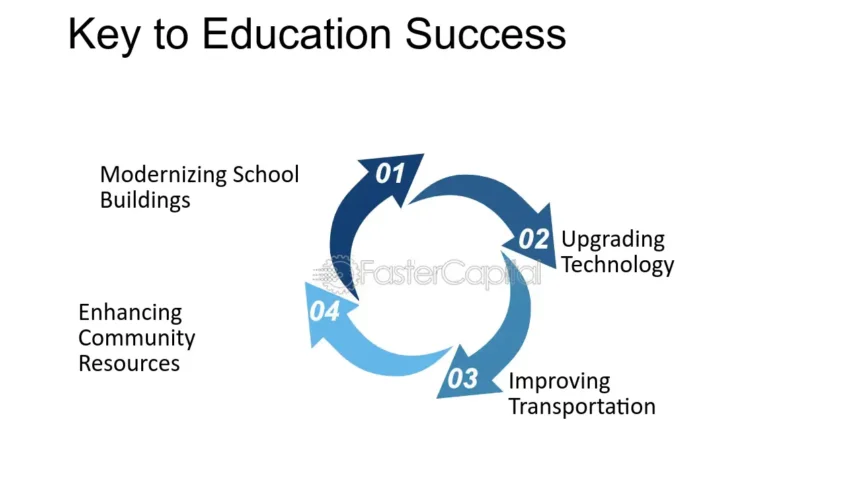Educational institutions face a lot of pressure to be innovative and adaptable in the digital world today. Upgrading educational infrastructure – especially digital tools and platforms used in teaching and management – is essential for keeping pace with these changes. Whether you are planning an LMS data migration, implementing a new technology stack, or simply improving network infrastructure, careful planning is key to ensuring success.
Assessing Current Needs and Challenges
Before embarking on an upgrade, the first step is a comprehensive needs assessment. Educational institutions should gather input from various stakeholders, including administrators, faculty, students, and IT professionals. Questions to consider include:
- Are the current systems meeting academic and administrative needs?
- What pain points do users experience with the current setup?
- Are there scalability concerns as enrollment grows?
- Does the current infrastructure support emerging trends like mobile learning, AI, and data analytics?
By pinpointing areas that require improvement, institutions can establish clear objectives for the upgrade. This ensures the focus is on addressing actual needs rather than chasing technological trends.
Establishing a Project Timeline
One of the biggest challenges in upgrading an educational system is doing it without causing too much disruption. Schools need to choose the right time to make changes—often during the summer break, or between semesters when there are fewer classes. You’ll also need to account for the time it will take to test the new system, move data over, and train everyone on how to use it. Having a clear timeline can help avoid unnecessary delays and ensure everyone knows what to expect.
Selecting the Right Tools and Platforms
Choosing the right technology is crucial when upgrading educational infrastructure. This could involve selecting a new LMS, upgrading existing software, or integrating third-party tools. Factors to consider when selecting technology include:
- Scalability: Can the new system grow with the institution’s needs?
- Interoperability: Does it integrate with existing systems (e.g., student information systems, HR software)?
- User Experience: Is the interface intuitive for both educators and learners?
- Security and Compliance: Does it comply with relevant data protection laws (such as FERPA or GDPR)?
Conducting thorough research and leveraging vendor demonstrations can help decision-makers choose solutions that align with their institution’s long-term vision.
Data Migration and System Integration
When upgrading, one of the trickiest parts is moving all your existing data—student records, grades, course materials—to the new system. It’s essential to back up everything before starting the migration process so you don’t lose important information. Sometimes, data from the old system may not match perfectly with the new one, so you’ll need to adjust formats or use specialised tools to get everything transferred correctly. The new system also has to integrate with other tools you use, like third-party apps or mobile platforms, to keep things running smoothly.
Training and Support
New technology is only useful if people know how to use it. Faculty, staff, and students will need training to get comfortable with the new system. It’s important to offer tutorials and provide ongoing support, especially in the beginning, to help with any issues that come up. You also want to make sure administrators are well-versed in how to manage the system so they can troubleshoot when needed. A support team or help desk can make the transition easier and prevent frustration.
Monitoring and Continuous Improvement
Upgrading educational infrastructure doesn’t end at launch. Continuous monitoring of the system’s performance is essential to identify any operational challenges, track user satisfaction, and measure whether the upgrade is meeting the institution’s goals.
Institutions should:
- Gather feedback from users to understand their experiences and challenges.
- Monitor system performance, including load times, data accuracy, and overall functionality.
- Regularly review data analytics to measure the effectiveness of new features or tools.
This feedback loop ensures that any bugs or pain points are addressed quickly, while also identifying opportunities for further optimization.
Though it is a huge task to improve the educational infrastructure, proper planning can make institutions change a lot. Through careful evaluation of needs, choosing appropriate technology, ensuring seamless migration of data, as well as offering enough training, schools are able to have an effective learning environment that will be advantageous to every stakeholder involved.


